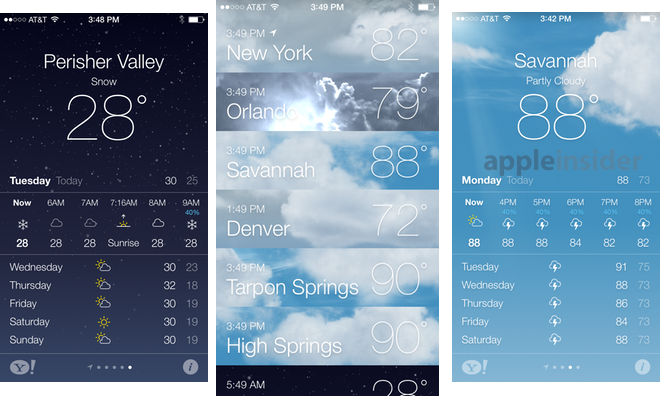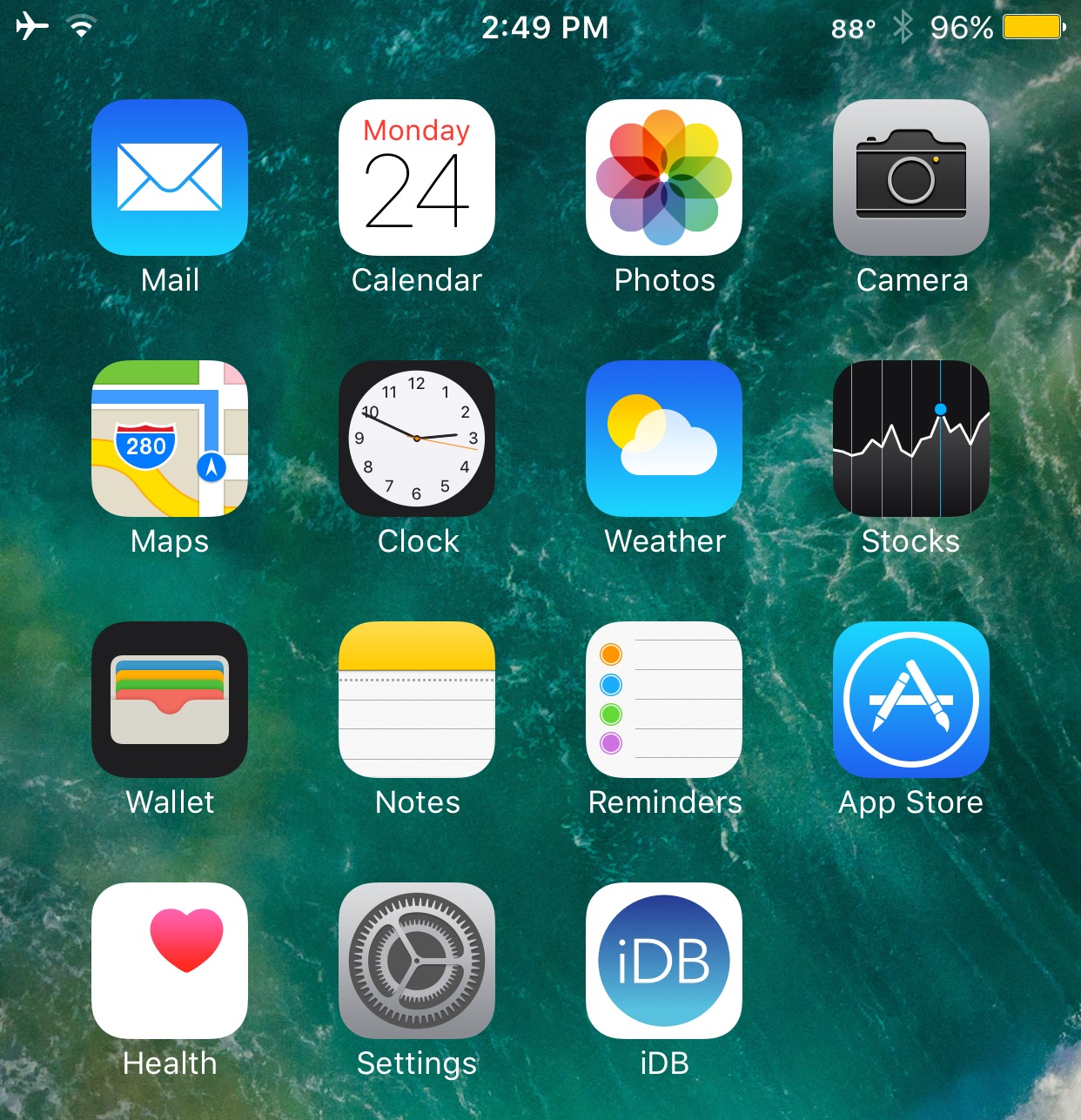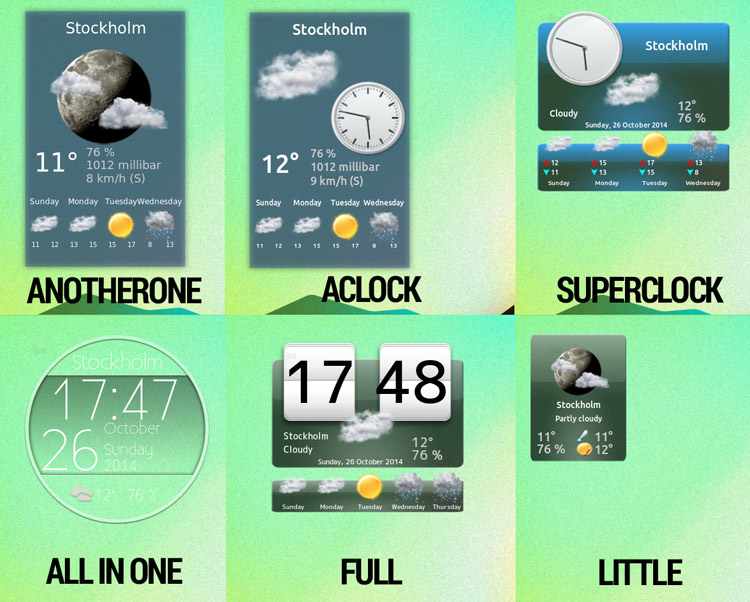

The wavelength of the radar beam can penetrate through moderate to heavy bands of precipitation to identify what is beyond the closest precipitation band. Use cases: C-Band radars are often intended for short-range weather observation but can be used in medium- to long-range precipitation analysis.

C-Band radarsįrequency: 4 – 8 GHz, although most weather C-Band radars used for weather operate in the 5.3 – 5.6 GHz range This radar is the most expensive of the three radar bands. However, the ability to see and analyze precipitation returns from greater distances does help the meteorologist generate weather alerts further in advance. Therefore, what is analyzed aloft is not always what one would experience at the ground level. Use cases: This radar’s longer wavelength allows the beam to penetrate through several bands of precipitation, expanding the range for analysis further than the C-Band radar.Īs with all radars, the further the beam is away from the radar site, the higher the beam is above the ground. This includes the following: S-Band radarsįrequency: 2 – 4 GHz, although most weather S-Band radars operate within the 3.0 – 3.8 GHz frequency What are the types of weather radar bands?ĭoppler radar can be broken up in terms of wavelength. Typically, heavier rain is displayed by warmer colors.Īlthough green generally indicates light rain, yellow indicates moderate rain and red indicates heavy rain or hail, our Max broadcast product allows users to customize their own color table. Weather radar sends the information received to a computer that outputs the vibrant green, yellow and red colors we see every day in forecasts. This data can then be used in computer forecasting models to predict future weather trends, while alerting meteorologists to upcoming precipitation, storms or severe weather. Radar can decipher how far away precipitation is, its speed and how big droplets or snowflakes are. Meteorologists have many tools at their disposal, including radar, to predict the weather forecast.

How does radar help meteorologists predict the weather? When measuring the change in phase between a transmitted pulse and the received echo, the target's movement toward or away from the radar can be calculated. When pulses of radio waves are transmitted, the system keeps track of the phase of those pulses. What is Doppler Radar and how does it work?ĭoppler radar systems provide information about the movement of targets as well as their position. Precipitation type, motion, turbulence and many more useful determinations can also be made, such as recognizing the debris that a tornado would throw into the air (known as a debris ball). Weather forecasters determine the distance to an oncoming storm and the amount of precipitation by the strength and speed of the pulse returning to the weather radar site. This enables a meteorologist to analyze and interpret the type of weather occurring dozens of miles away from the radar. If the radar beam bounces off precipitation such as rain or hail, the beam will return to the weather disk, where the data is processed into various parameters. This focused beam radiates outward from an antenna (also known as a radar dish). Weather radar utilizes either a solid-state or tube transmitter to send energy pulses (also known as radar beams) into the air to detect precipitation. As a result, radar can be an exceptional tool in a meteorologist’s arsenal for helping to protect life and property. Meteorologists can use this information to determine specific areas where dangerous weather conditions exist. When the electromagnetic pulse strikes an object such as a raindrop or a snowflake, the wave reflects back to the radar with data that can be analyzed by meteorologists. Weather radar (also known as Doppler weather radar) is an instrument that sends pulses of electromagnetic energy into the atmosphere to find precipitation, determine its motion and intensity, and identify the precipitation type such as rain, snow or hail. That’s why we compiled the most frequently asked questions to create a basic overview of radar technologies, options and benefits. Weather radar is always a hot topic among our clients.


 0 kommentar(er)
0 kommentar(er)
